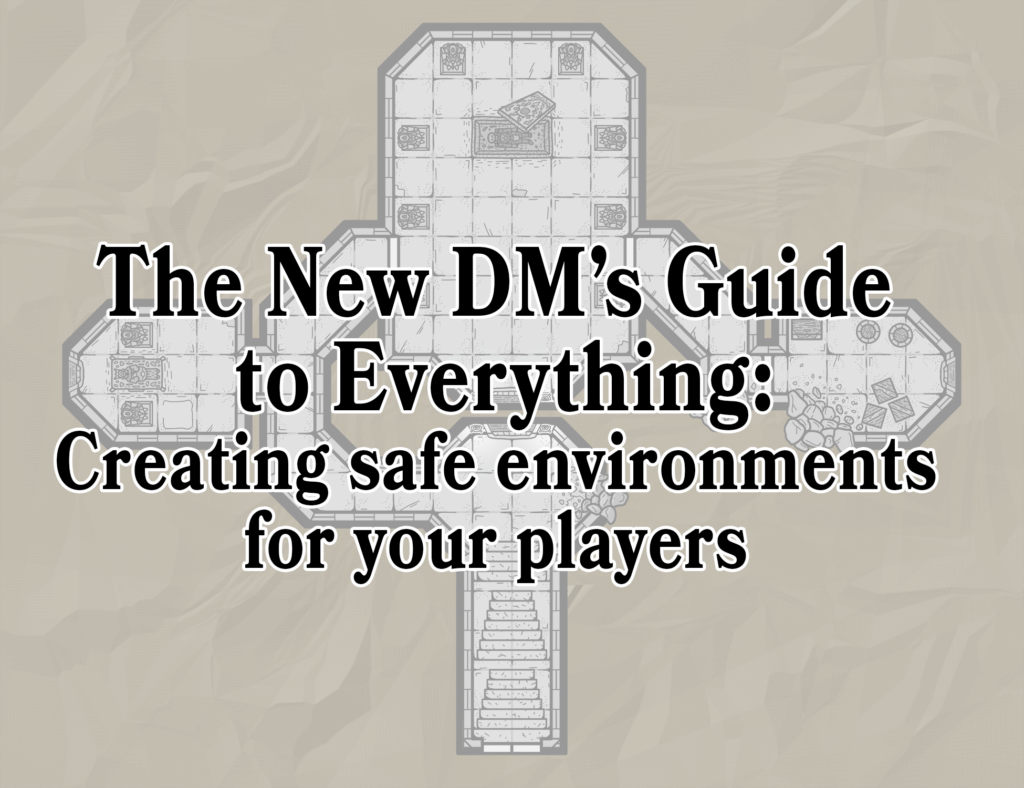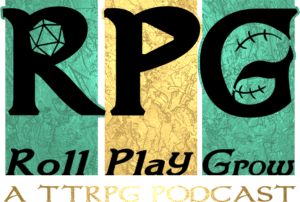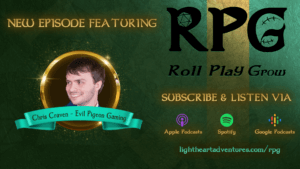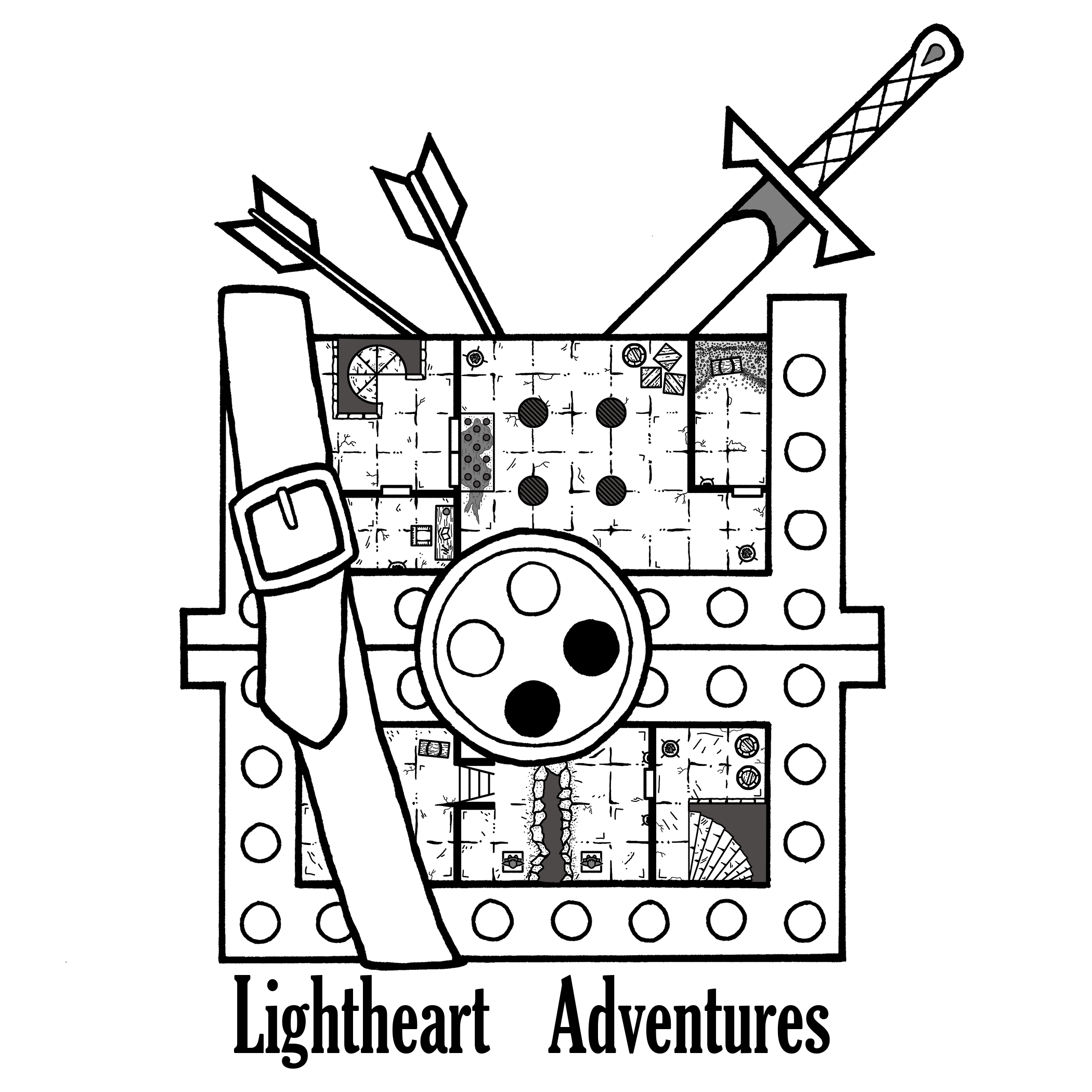Welcome to part two of our “New DM’s Guide to Everything” series: how to create a safe environment for your ttrpg players! We side-tracked a bit last week by executing the Emperor’s will , but we’re back to chat about session zeros, the “X card”, and how to create a safe environment for your ttrpg players. Tabletop RPGs can bring up some uncomfortable topics, sometimes unintentionally. It’s important to establish boundaries for everyone at the table early on, especially if you’re playing with unfamiliar groups. You’ll never know exactly what hardships your players have faced in their lives, and which topics are upsetting to them. All that matters is that you treat their concerns with an open mind and make sure that everyone at the table has a good time. Here are some tips to help your players feel safe.
Be sure to check out our other DM’s Guide to Everything posts:
Session Zero
Session Zero refers to the “Pre-game” meeting many Game Masters run to allow their players to create their character in a group for better cohesion. It’s a great opportunity for newer players to familiarize themselves with the rules and each other. Other crucial details are often discussed, like if the GM wants to incorporate home brew rules or even the campaign setting. Session zeroes are also great to let the party know what kind of campaign you’re going to run, whether it be a political-thriller in the Eberron setting, high fantasy combat in the Forgotten Realms, or Mad Max-ian desolation with Dark Sun.
This is the time when it is important to establish what is and isn’t allowed within your campaign. While you may be okay with describing gory details or encounters involving sexual escapades, your players may not. The Consent in Gaming PDF on DM’s Guild covers many of the topics I’m discussing here (and it’s free). It also comes with a detailed form that helps players disclose what they are and are not okay with during sessions.
Creating a strong foundation of trust for your players not only adds to the longevity of the campaign, but ensures that everyone is having a good time. Regardless of what your players indicate they’re comfortable with, you’ll also want to address your own rules in this session as well, such as zero tolerance for racism, sexism, transphobia, etc. After all, if you don’t feel comfortable as the Game Master, it will be hard to create a safe environment for your ttrpg players.
X Cards
Session Zeroes happen before everyone gets together to play the first campaign, but what happens if something uncomfortable happens mid-game? Game designer John Stavropoulos developed a non-verbal method called the X Card that allows players to signal when they are not comfortable with a topic. Players are not required to give an explanation why they used the card, nor should it be expected. As a Game Master, it’s your job to move past the problematic content by either skipping forward or altering events. Let’s say that one player has a large fear of spiders, and the GM simply wasn’t aware. The adventurers then get jumped by a band of Drow elves riding gigantic spiders. The X card gets pulled and the GM can replace the spiders with alternative beasts (giant cave scorpions) or even explain that the Drow were friendly and left after getting directions back to the Underdark.
Remember, the players never need to justify why they’re upset with content — and things they’re not okay with can change! Someone might not be alright with blood in game but may change their mind once they’ve played a few games with the group. The X card system is there to help players verbalize their concerns without needing to say a word.
Respect at the table
When you only have 3-4 hours at the table and 6 players all jockeying for the GM’s attention, it’s possible to inadvertently steal the limelight from other, quieter players. I personally have been in a number of games where 1-2 people don’t respect the other players and “takes control” with their character’s actions a majority of the time. It’s one thing to have a “character moment” every session, but when one player takes up most of the dialogue? That means a player’s attitude may need to be addressed. Keep in mind that sometimes you may have to be the referee out of game as well as in, but all of this boils down to respect for the other players. If a player is unable to respect others in the group, then you may very well decide they would not be welcome to return.
Here are some tips to help foster respect at the table:
- Try to recognize when you’re spending too much time with one person rather than the whole group. Sometimes the tabaxi rogue needs to pickpocket that rich-lookin’ fella for a moment. It’s perfectly fine to have one-on-one moments of roleplaying occasionally, just make sure that the rest of the players either get a chance as well, or limit how often players get these asides.
- Ask “What is your character doing/thinking/feeling right now?” if you notice someone is a bit quieter. This helps draw the player back into the world and puts the focus on them.
- If someone is being disruptive with their roleplay, I like to quickly draw attention away from it in session. However, take a moment to speak with the player about the disruption once the session is over. Explain why you felt it was disruptive, but keep things positive, as long as the occasion merits it. If someone is unapologetically or frequently disruptive, you may have to ask them to leave the game.
After-care session
Have you ever felt emotionally drained after long gaming sessions? I know I get pretty depleted after intense roleplay, so it’s important to schedule time post-game to unwind. After-care sessions allow you and your players to decompress and talk about what they liked or didn’t like during gameplay. It’s the perfect time to encourage bragging about particular deeds, lament terrible rolls, or speculate how the story is going to unfold. I also like to have my players say one nice thing they saw another player do during the game to really help foster group unity.
Following up via email after everyone leaves can also be a useful stress-release tool for the group. Some people may not be comfortable at first to discuss their feelings directly after a game ends. However, waiting a few hours to collect their thoughts and respond in their own time works wonders. In these emails I’ll often write a quick summary of the game’s events, and ask a group question that may or may not pertain to the campaign. You may also have to reach out individually to players, especially ones that seem frustrated. Not everyone is comfortable speaking about topics publicly and may need a one-on-one touch.
As your group builds familiarity, after-care sessions really do help with emotional drain.
Hopefully I’ve given you a little more knowledge on how to create a safe environment for your ttrpg players. While this isn’t the most exciting topic in this series, it’s important to address early on so your players feel comfortable from the very start. You certainly don’t want to get six months into playing with a group to learn that one of your players is leaving because they don’t feel comfortable with you or the actions of another player. With these tools in hand, you’ll have a great head start on creating a safe and inclusive environment.
Next week, we’re continuing the New DM’s Guide to Everything series by diving into the super fun process of world building!
Thanks for dropping by! We would love to know how your first gaming session goes, so please drop a comment here on the blog, on Twitter, Facebook, Instagram, or Discord to let us know how it went! If you’d like access to more maps and content, including downloadable PDFs of our adventures, check out our Patreon. We’re able to do what we do because of all our amazing Patrons!






